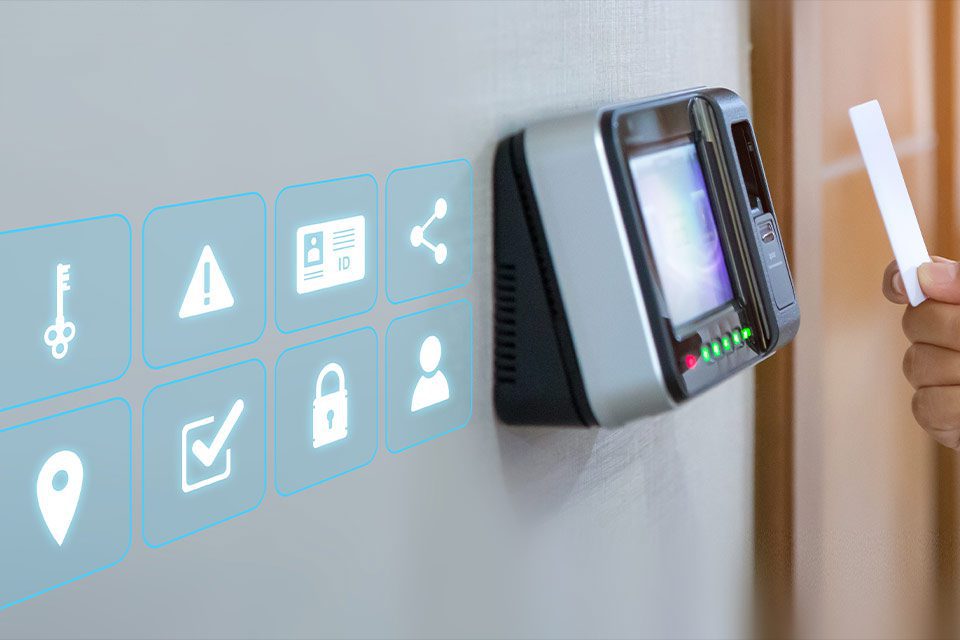Share
Read also

Mobility
Outlook for the BYOD and EM market from 2025 to 2035

Cloud
The Cloud CRM market will see impressive growth by 2033

Mobility
Key trends in Sales Force Automation

Trends & Views
ΑΙ and digital transformation
As Steve Jobs said, “You’ve got to start with the customer experience and work backward to the technology,” which remains as true today as ever. This means that digital transformation and CX success are interdependent and require first prioritizing customers and their needs… and then technology.
CX and IT: unity makes strength
In today’s businesses, technology and data power almost everything. And since most experiences today are multichannel, almost every interaction requires the use and alignment of multiple technologies and data sources. At the same time, almost every technology that deals with or supports the customer needs the experience designed to best meet the needs of customers and the employees who support them. This is why managers need to take a more active role with technologies that affect the customer experience. In addition, digital leaders need to regularly engage with CX to ensure that the investments they make solve real customer and business needs.
People at the center
We believe that the role of digital technology and data in transforming CX is to elevate human experience. People must be at the heart of CX technology. In other words, technology should serve people, not the other way around. This is crucial, because we have all experienced the pitfalls of technology taking over without putting people first. We have experienced it as customers and as employees. From disempowered employees to general over-automation and data without context, the lack of empathy and understanding in “technology-first” interactions undermines trust, annoys people, and wastes time. But when you prioritize human needs and align with technology to meet them, the results are better for both your business and your customers.
CX and IT cooperation
Today, CX and IT cooperation is no longer optional, it is a business imperative and a competitive necessity. Organizations that successfully integrate these functions create seamless, data-driven customer experiences that drive loyalty and business impact. At its core, effective CX-IT collaboration requires data integration and the alignment of technology investments with customer-centric strategies. By working together, CX and IT can break down operational barriers, leverage technologies like AI/ML for predictive analytics and personalization, and support a unified, human-centric approach to design and deliver experiences. Organizations that own this collaboration achieve faster innovation, greater agility, and superior customer experiences, standing out in an increasingly competitive marketplace.







